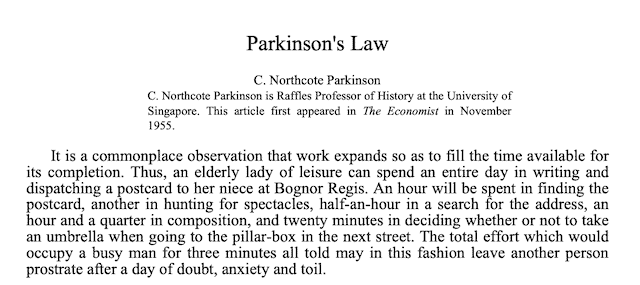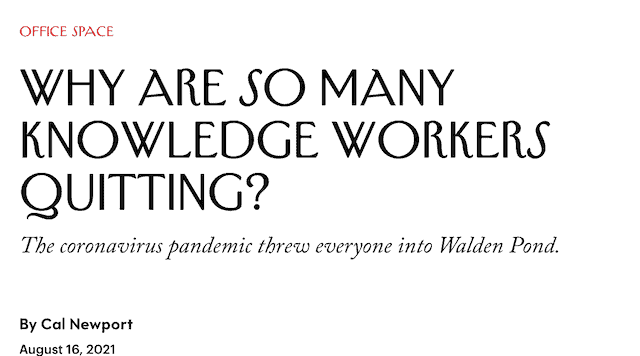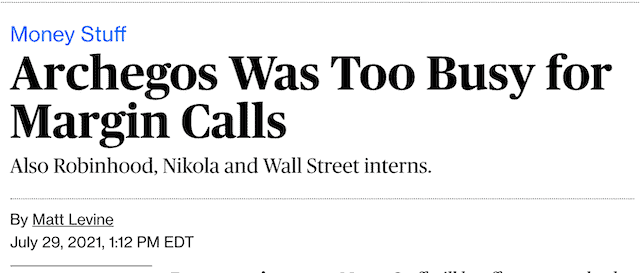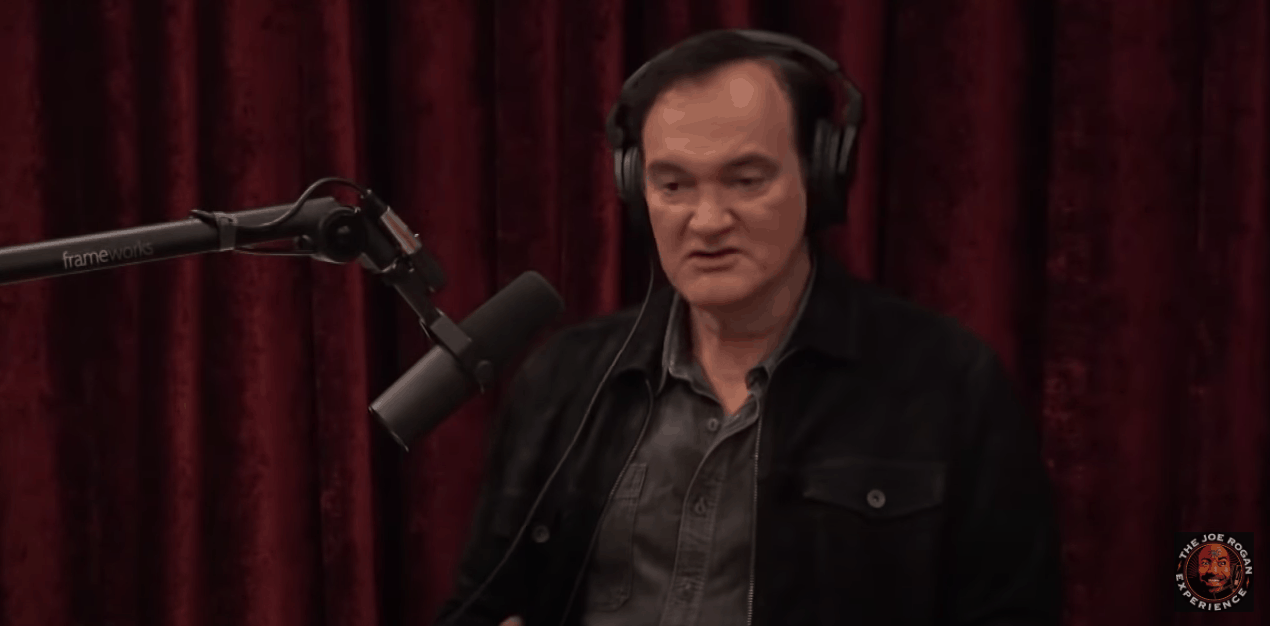
I first came across Parkinson’s Law in Tim Ferriss’s 2007 book, The 4 Hour Workweek. Ferriss summarized it as follows:
“Parkinson’s Law dictates that a task will swell in (perceived) importance and complexity in relation to the time allotted for its completion. It is the magic of the imminent deadline. If I give you 24 hours to complete a project, the time pressure forces you to focus on execution, and you have no choice but to do only the bare essentials.”
Ferriss suggests that you should therefore schedule work with “very short and clear deadlines,” arguing that this will greatly reduce the time required to make progress on important tasks.
This advice is sound. After reading Ferriss’s book, I began to work backwards from a constrained schedule — forcing my professional efforts to fit within these tight confines. As predicted by Parkinson’s Law, these restrictions don’t seem to decrease the quantity of projects on which I make progress. If anything, I seem to get more done than many who work more hours.
This is all prelude to me noting that I have fond feelings for Parkinson’s Law. Which is why I was so surprised when recently, as part of the research for my latest New Yorker essay, I revisited the original 1955 Economist article that introduced the concept and found a whole other layer of meaning that I had previously missed.






